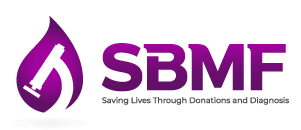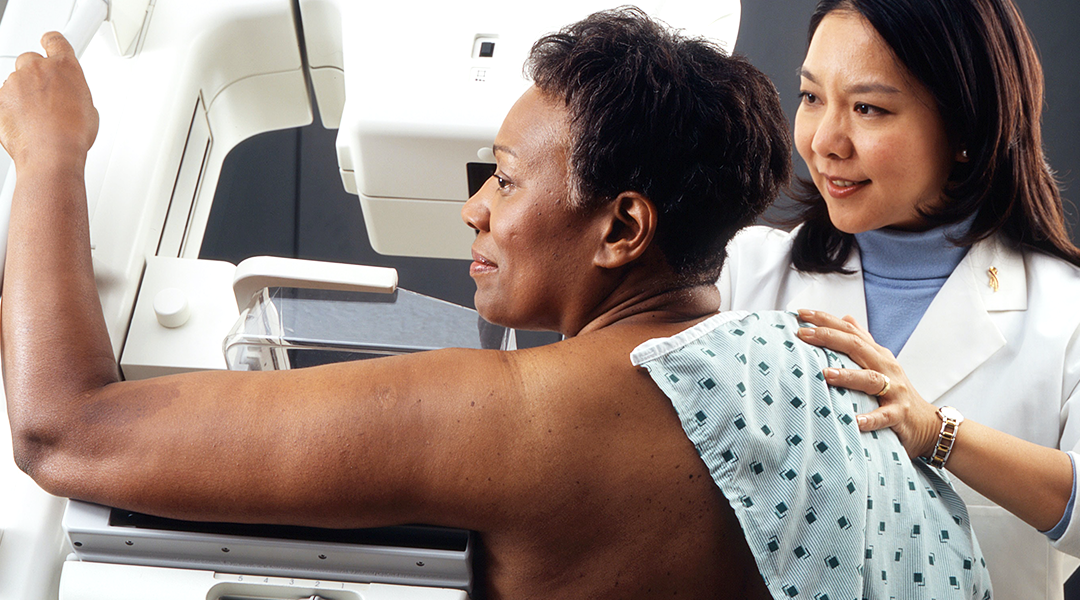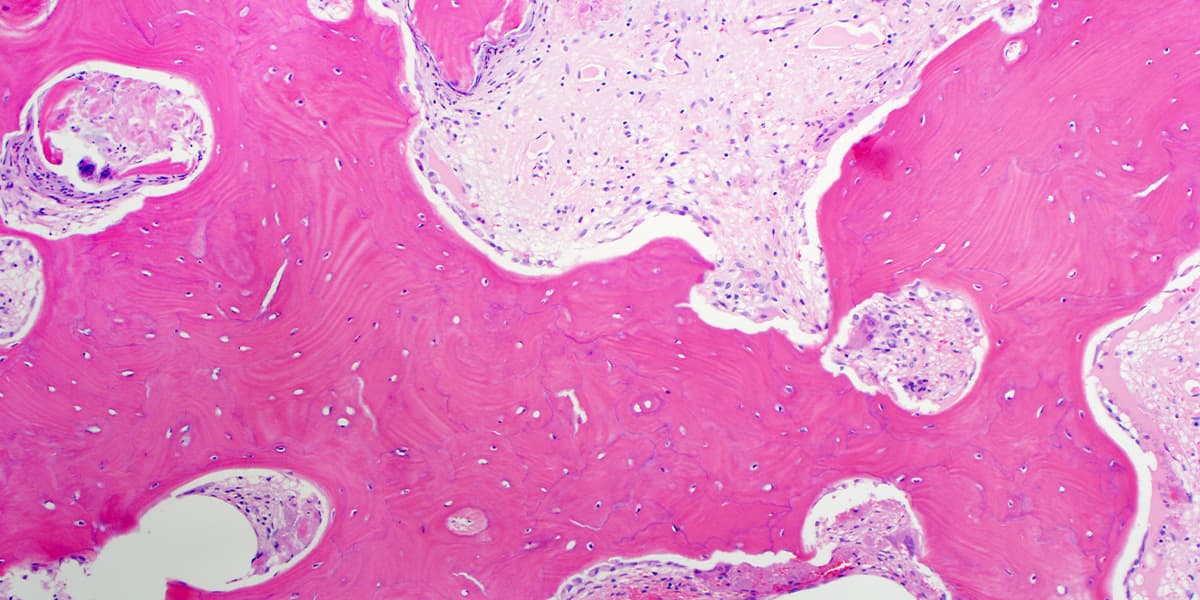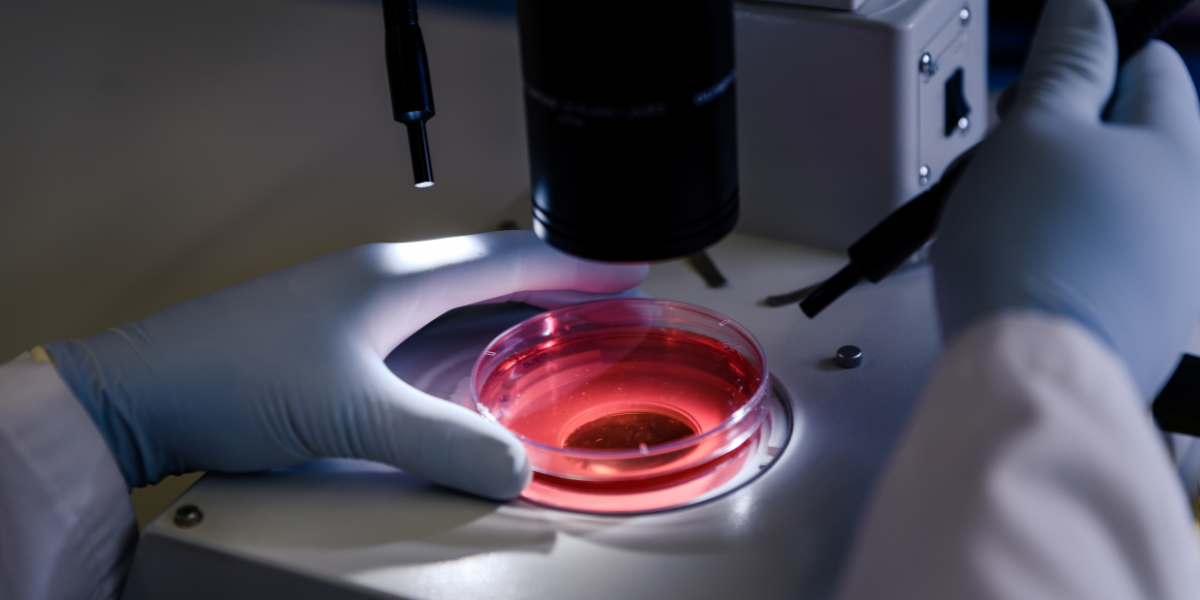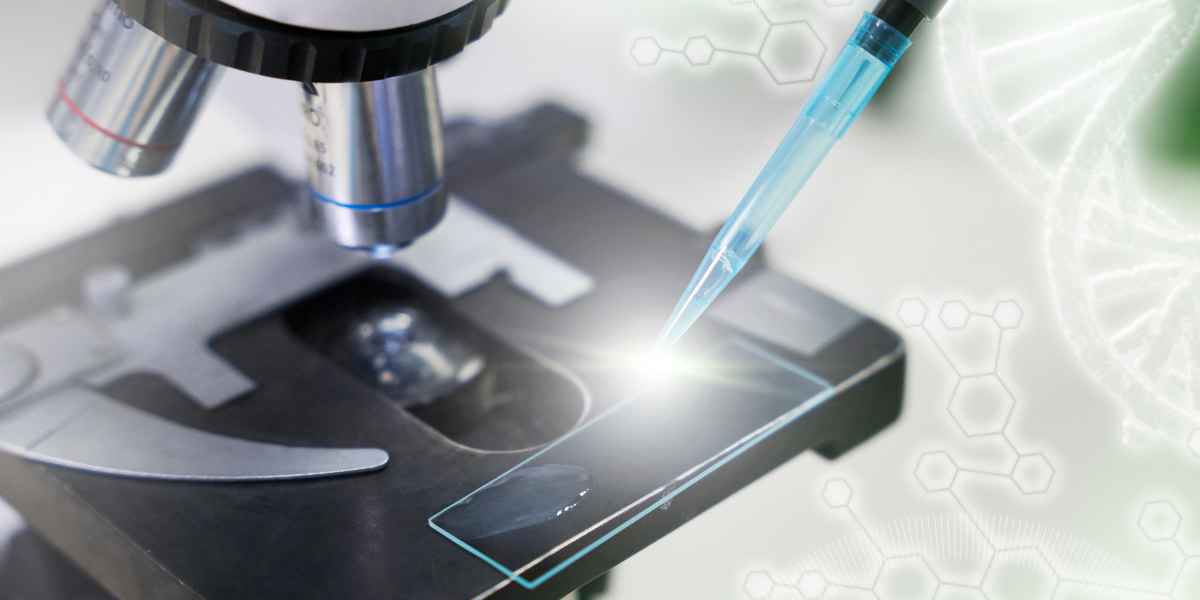Each year an estimated 255,000 women are diagnosed with breast cancer, making it the most common cancer among American women, aside from nonmelanoma skin cancer. While breast cancer may be hereditary for some, women can be proactive about their health through annual screenings and mammograms by their doctor. If an abnormal lump is discovered, your doctor may order a breast biopsy to investigate further.
What is a Breast Biopsy?
Following a mammogram or physical breast exam, a breast biopsy is used to confirm or rule out breast cancer. A breast biopsy is a procedure that removes a small sample of breast tissue for testing by a pathologist. There are three different types of biopsies that can be performed, and the type depends on several factors including:
- How suspicious the breast change looks
- The size of the lump
- Location in the breast
- Number of lumps
- Additional medical conditions
- Personal preferences
Types of Breast Biopsies
Fine-Needle Aspiration Biopsy
A fine-needle aspiration breast biopsy uses a thin, hollow needle attached to a syringe to withdraw a small amount of cell tissue from the suspicious area.
Core Needle Biopsy
A core needle biopsy is the preferred method if the doctor suspects breast cancer. Using a larger needle, the doctor will insert it into the area of the suspected tumor to collect a small sample of tissue for testing.
Surgical Biopsy
Surgical breast biopsies are performed to remove all or part of the breast lump. In most cases, the surgeon will remove the entire mass as well as some normal breast tissue for testing.
Breast Biopsy Results and Analysis
Following the collection of necessary cells and tissue samples, your doctor will send it to a laboratory for pathologists to examine. Once the studies have been concluded, the pathologists will notify the medical staff of the results so that they can determine the best course of treatment. Typical breast biopsy results may show:
- Normal: No cancer or abnormalities found.
- Abnormal, but benign: Breast lumps were not cancerous, but follow up treatment may be needed.
- Cancer detected: Results show that cancer cells were found. Your doctor will work with you to develop a treatment plan that best fits your needs and may provide a referral to a breast cancer treatment specialist if needed.
Breast Cancer Awareness: What You Can Do
With breast cancer, it is critical that it is detected as early as possible. The American Cancer Society reports that when breast cancer is detected early and is in the localized stage, the 5-year survival rate is 99%.
While there is no sure way to prevent breast cancer, there are things that you can do to lower your risk. From monthly self-exams to regular physical exams and mammograms, understanding your own body and what to look for could be the difference. In addition to regular checkups, women can lower their risk through regular exercise, maintaining a healthy weight, limiting alcohol, and eating a well-balanced diet. To learn more about your risk for breast cancer, annual mammograms, and other preventative measures you can take, talk with your health care provider.

